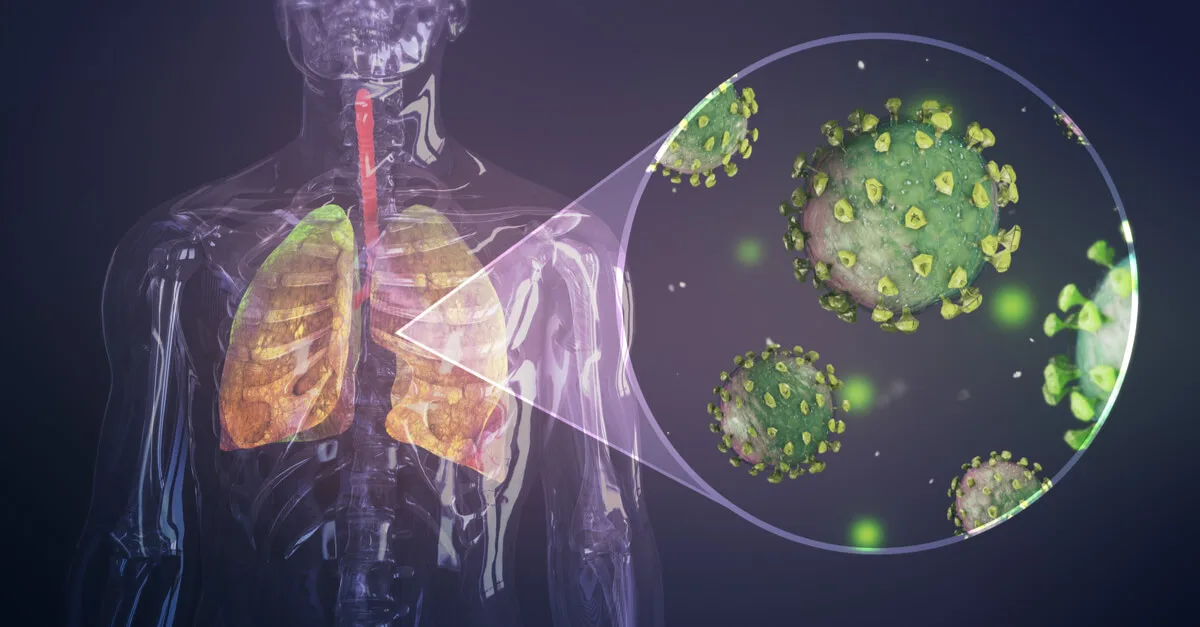
Image via Shutterstock
Most testing sites require patients to have a symptom before they can be tested for the virus.
COVID-19, the illness caused by the novel coronavirus, so far has been responsible for more than 965,000 confirmed positive cases and 55,000 deaths in the U.S. alone.
As new information about the symptoms and transmission of the disease is gathered by health authorities, the Centers for Disease Control and Prevention (CDC) warned that these new symptoms could be signs of coronavirus. This information is vitally important, as most testing sites require patients to have a COVID-19 symptom before they can be tested.
RELATED: What War Can Teach Us About Defeating COVID-19
The new symptoms are:
- Chills
- Repeated shaking with chills
- Muscle pain
- Headache
- Sore throat
- Loss of taste or smell
The CDC recommends seeking “medical attention immediately” for: trouble breathing, persistent pain or pressure on the chest, bluish lips or face or a new confusion or inability to arouse. It previously listed fever, cough, and shortness of breath as symptoms, but has now amended shortness of breath to “shortness of breath or difficulty breathing.”
There have also been some cases of gastrointestinal issues, such as diarrhea, as well as purple or blue lesions on a patient’s feet and toes (most commonly in children and young adults) which are being called “COVID toes.”
RELATED: PHOTOS: People Are Drawing Inspiring Messages All Over the Place
Coronavirus patients can experience issues from mild to no symptoms to severe illness and the symptoms generally appear 2-14 days after exposure to the virus. Studies show patients may be most infectious in the days before they began showing symptoms.
A small study from China published in the Journal of the American Medical Association (JAMA) suggests that the illness may linger in the body for at least two more weeks after the symptoms of the disease have disappeared. A different study from China reported that the median duration of contagiousness was 20 days in survivors and the longest observed duration was 37 days.
Studies have shown that patients can still be contagious after symptoms subside, so isolation might be required to prevent COVID-19 transmission. It is important to consult with doctors/specialists if there are any questions or doubts.
At the same time, Japan reported a case of someone who recovered from the virus, only to become ill and test positive for the virus for a second time.
Some experts theorize that the patient caught a new version of the virus, while others think that the patient didn’t fight off the virus completely and it replicated again, causing symptoms to reappear.
Politics

Malcolm Kenyatta makes history after winning primary for Pa. Auditor General
State Rep. Malcolm Kenyatta, who was first elected to the state House in 2018, won the Democratic nomination for Pa. Auditor General and will...

Biden administration bans noncompete clauses for workers
The Federal Trade Commission (FTC) voted on Tuesday to ban noncompete agreements—those pesky clauses that employers often force their workers to...

Philadelphia DA cancels arrest warrant for state Rep. Kevin Boyle on eve of Pa. primary
Philadelphia District Attorney Larry Krasner said a detective had sought the warrant against Boyle, a Democrat whose district includes a section of...
Local News

What do you know about Wawa? 7 fun facts about Pennsylvania’s beloved convenience store
Wawa has 60 years of Pennsylvania roots, and today the commonwealth’s largest private company has more than 1,000 locations along the east coast....

Conjoined twins from Berks County die at age 62
Conjoined twins Lori and George Schappell, who pursued separate careers, interests and relationships during lives that defied medical expectations,...





